#Mollusca
Text

Glyphyalinia sp. in Ladder Cave, Alabama
by Alan Cressler
#glass snails#snails#gastropods#molluscs#glyphyalinia#Zonitidae#Stylommatophora#gastropoda#mollusca#wildlife: alabama#wildlife: usa#wildlife: north america
22 notes
·
View notes
Text
the sug
#sea hare#gastropoda#mollusca#aplysiidae#dolabrifera#seen like 5 minutes ago at the time of posting#and i miss it already. save me slea slug. save me.
2K notes
·
View notes
Photo

Golden apple snail pink eggs on a stem, in a rice field at golden hour, in Don Det, Si Phan Don, Laos. Focus stacking from 9 pictures.
3K notes
·
View notes
Text
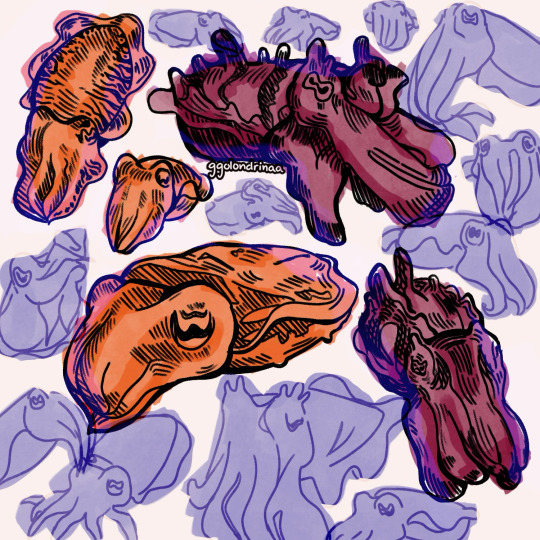
hey... guess what my favorite animal is... i bet you can't... cmon.... just guess... guess what it is.... have you guessed yet?
#pls follow me if you love cuttlefish i wanna be friends#my art#cuttlefish#sepia#sepiidae#marine life#marine biology#animals#favorite animal#mollusca#molluscs#mollusk#cephalopods#cephalopod
492 notes
·
View notes
Text
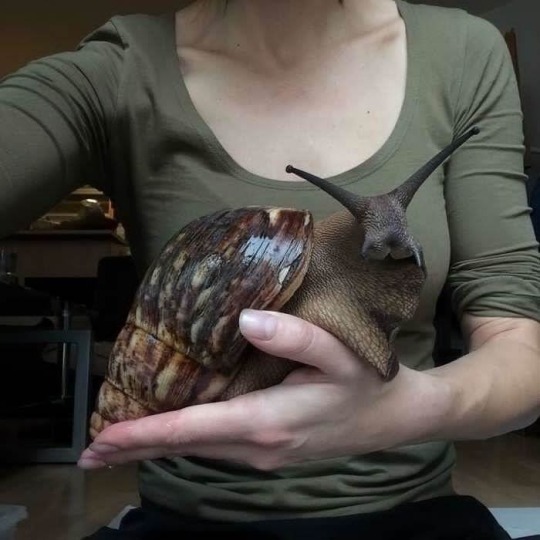
Giant African Land Snail
#giant african land snail#land snail#snails#snail#upload#fav#green#hands#nature#animals#Lissachatina fulica#Achatinidae#Mollusca#gastropoda#gastropods#land snails
3K notes
·
View notes
Text



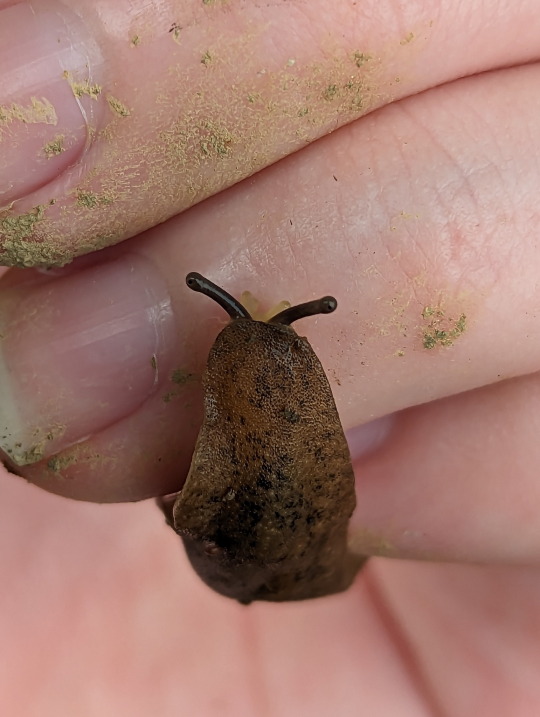
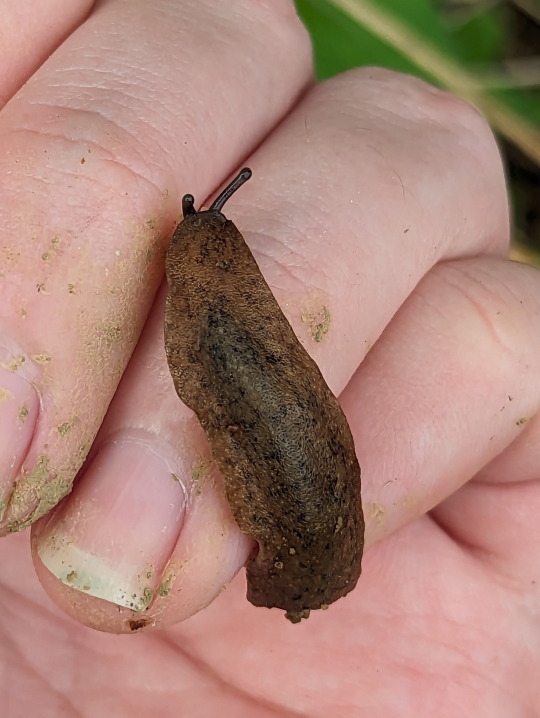
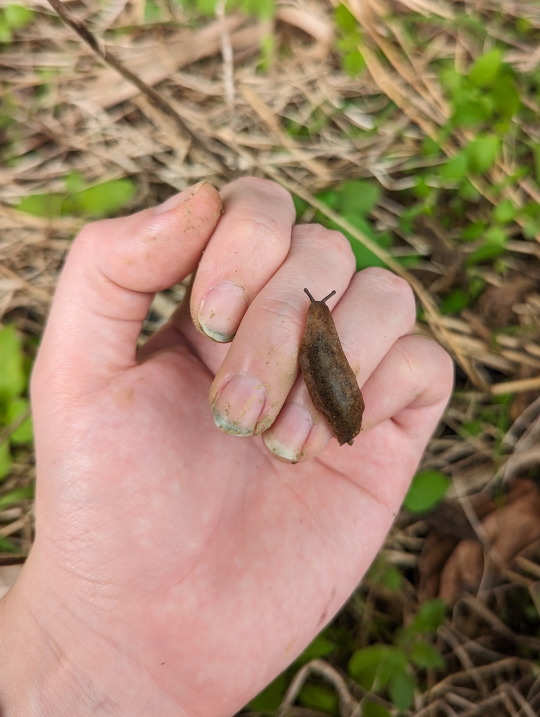

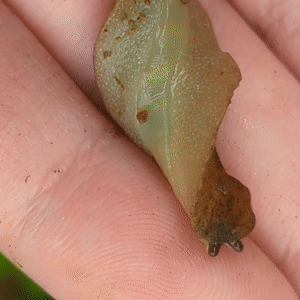
Caribbean Leatherleaf Slug.
30/07/23 - Gastropoda: Sarasinula plebeia
QLD:WET - El Arish, remnant vegetation on farmland
#invertblr#invertebrates#Sarasinula plebeia#Caribbean Leatherleaf Slug#Veronicellidae#Leatherleaf Slugs#Heterobranchs#Heterobranchia#Gastropoda#Gastropods#Mollusca#molluscs#mollusks#slugs#slugblr
356 notes
·
View notes
Text
Just me or does knowing that snails are in the same animal group as octopuses kinda weird me out. Mollusca am I right.
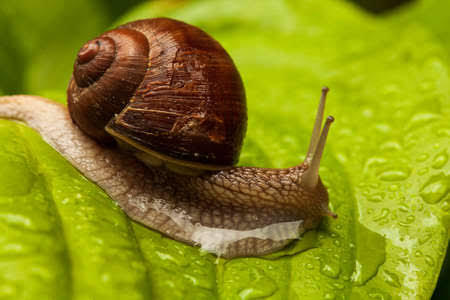
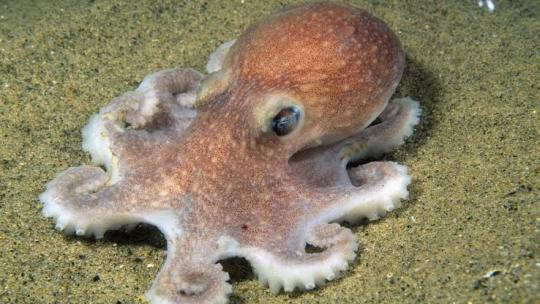
176 notes
·
View notes
Photo

Proceedings of the Zoological Society of London - 1921 - via Internet Archive
835 notes
·
View notes
Text


Can I offer you a Sea Sheep (Costasiella kuroshimae) in these trying times?
261 notes
·
View notes
Text
Phylum Round 1

Mollusca: Snails, slugs, cephalopods, bivalves, chitons, limpets, and others. This group contains the largest invertebrates, the giant and colossal squids. They are the largest marine phylum, but many members are terrestrial. Although they are incredibly diverse in body shape, all Molluscs generally have a hard "radula" used for eating, a mantle that may secrete a hard shell, and a body mostly composed of dense muscle. These animals can be predators, herbivores, filter feeders, symbiotic, and even parasitic. This phylum exhibits remarkable diversity overall.
Bryozoa: Moss Animals. Small, frequently colonial, and often colorful, Bryozoans are found in both freshwater and marine habitats. Their crown of tentacles are used for filter feeding, similar to Entoprocta. Colonies consist of zooids living within small cup-like supports that fuse together, forming encrusting or branching structures. Individuals may take on different shapes for different roles within the colony, such as the "avicularia", which are bird-beak-shaped zooids used for defense.
#mollusca#bryozoa#animal bracket#tumblr bracket#bracket tournament#poll bracket#phylum round 1#phylum
143 notes
·
View notes
Text
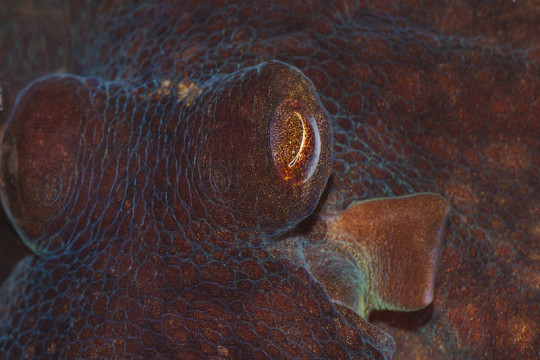
The eye and siphon of an East Pacific red octopus (Octopus rubescens) photographed in Montana de Oro State Park, California, USA
by marlin harms
#east pacific red octopus#octopi#cephalopods#octopus rubesens#octopus#octopodidae#octopoda#cephalopoda#mollusca#wildlife: california#wildlife: usa#wildlife: north america#details
307 notes
·
View notes
Text

Large female brown huntsman (aka jungle huntsman) resting under a log beside a pair of iridescent semi-slugs. I love huntsman spiders, they get a bad rap because of how fast they can move, but they're beautiful, docile gentle giants ❤️ 🕷
Jungle Huntsman Spider, female (Heteropoda jugulans), Iridescent Semi-Slug (two individuals, Ubiquitarion iridis).
#ljsbugblog#bugblr#entomology#arachnids#spiders#sparassidae#heteropoda#heteropoda jugulans#brown huntsman spider#jungle huntsman spider#mollusca#stylommatophora#snails#slugs#semi-slugs#iridescent semi-slug#ubiquitarion iridis
191 notes
·
View notes
Text
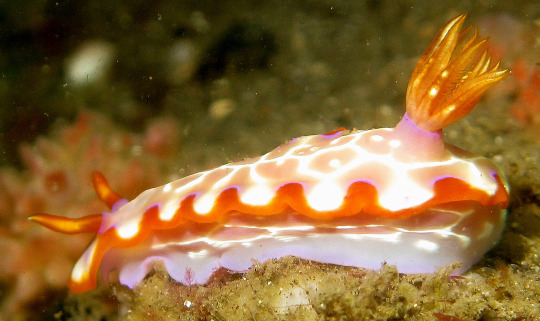
Hypselodoris
#hypselodoris#dorid nudibranch#nudibranch#wikipedia#wikipedia pictures#nature#animals#ocean photography#marine photography#marine biology#mollusca#gastropoda#ocean#oceancore#marine aesthetic#ocean aesthetic#ocean life#ocean critters#ocean creatures#ocean animals#marine life#marine animals#marine critters#marine creatures#sea life#sea critters#sea creatures#sea animals#sea slug#sea slugs
318 notes
·
View notes
Text
every time i see a bluebottle or a blue sea dragon posted online all the comments are like "erm... can't that kill you? what the scallop?" my brother in christ venom doesnt always kill you sometimes it's just oof ouch ow. anyway heres a glaucus atlanticus

#blue sea dragon#mollusca#gastropoda#nudibranchia#cladobranchia#glaucidae#glaucus atlanticus#same goes for redditors who cry rat lungworm at the sight of a planarian#dont eat it. wash your hands if you touch it. thats it
109 notes
·
View notes
Text
Phylum #21: Mollusca!

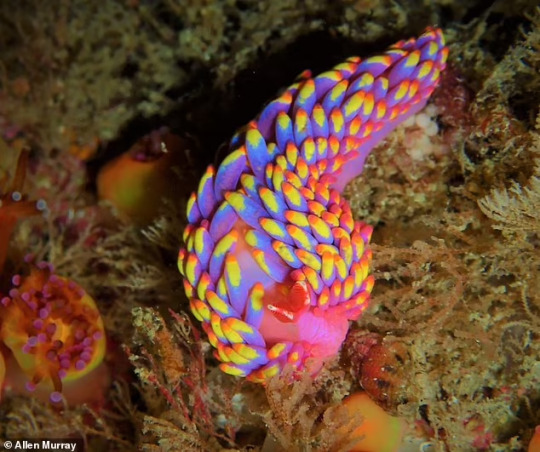
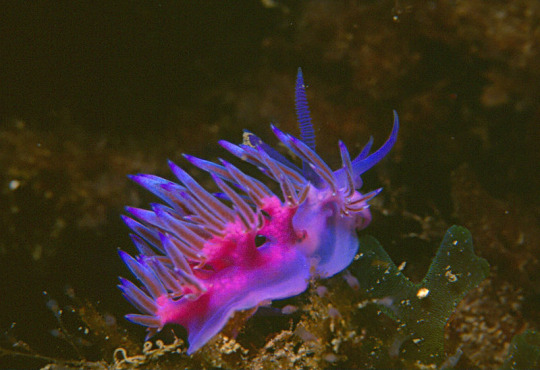
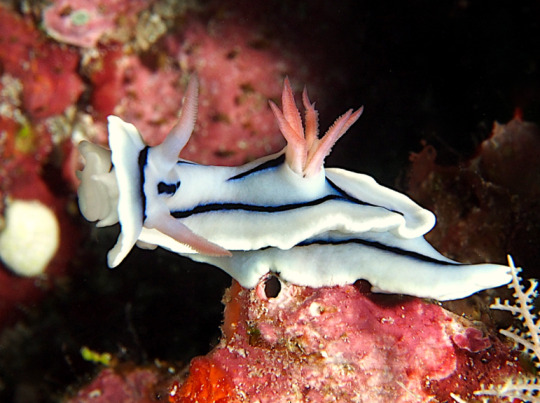
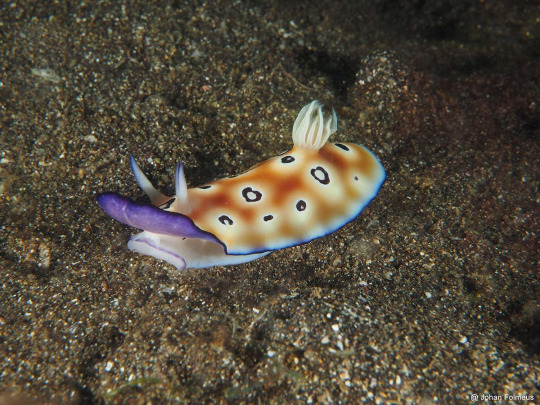
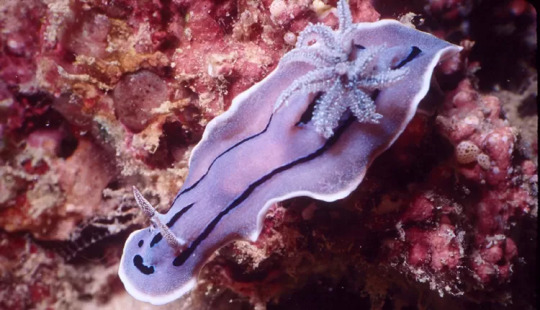
The second-largest phylum after arthropods, molluscs come in a massive variety of shapes and colors, having successfully colonized virtually every marine environment, and many freshwater and terrestrial ones. From armored chitons with hundreds of eyes embedded in their plates, to colorful nudibranchs, to fluffy-looking solenogastres, it is hard to see at first sight that they all make up a single clade.
In fact, relatively few characteristics unite all mollusks! While the hypothetical ancestral mollusk - likely a limpet-like creature - had an unsegmented shell, many mollusks derived it into an articulated or hinged shell, or lost it entirely.
All mollusks are united by a fleshy mantle covering the body, and, except bivalves, a toothed tongue or radula, used as a rasping tool to process food. The foot is also a recurring characteristic, although often highly derived - in cephalopods like squid and octopus, it has in fact evolved into their many tentacles!
Mollusks also show a pretty intriguing nervous system. Instead of a single brain, they show a series of ganglions, encircling the oesophagus and functioning in a decentralized way. In cephalopods, many of them fused into a central brain, although most, still in the tentacles, can act independently from the "brain", leading to a complex and alien intelligence in creatures known for building underwater cities!
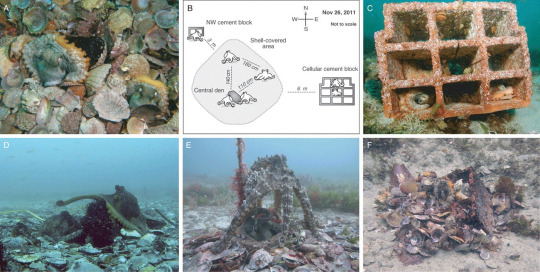
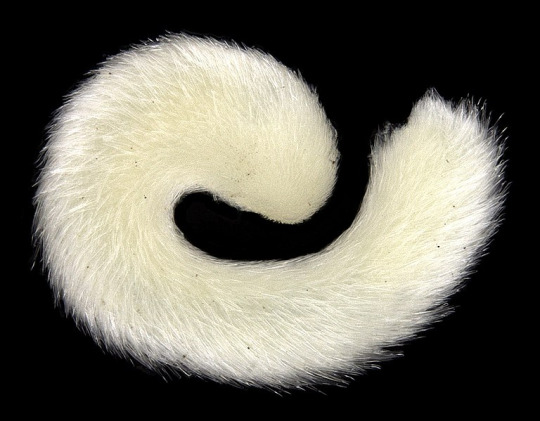

#forms and phyla#mollusca#mollusk#pride flag#marine life#marine biology#lesbian nudibranch#a lot of pride nudibranchs actually#and octopus cities
158 notes
·
View notes
Photo



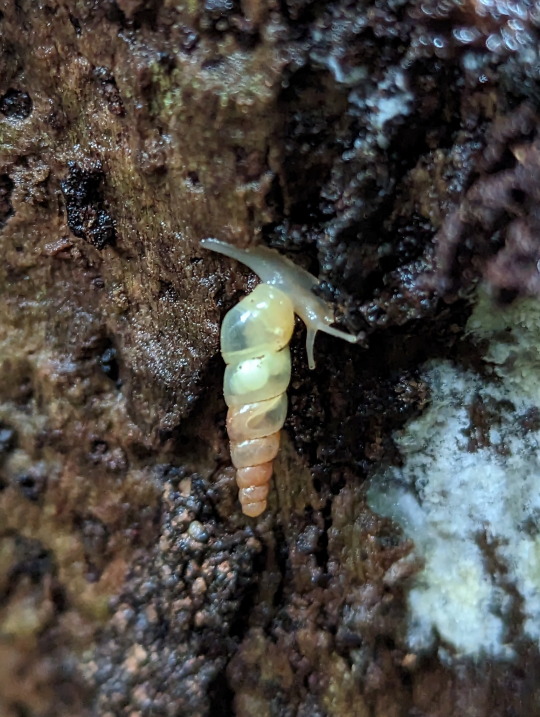
Miniature Awlsnail Out and About
Subulina octona
23/02/23
#Subulina octona#Miniature Awlsnail#Stylommatophora#Heterobranchia#Gastropoda#gastropods#gastropod#mollusks#mollusk#molluscs#mollusc#Mollusca#invertblr#invertebrates
630 notes
·
View notes